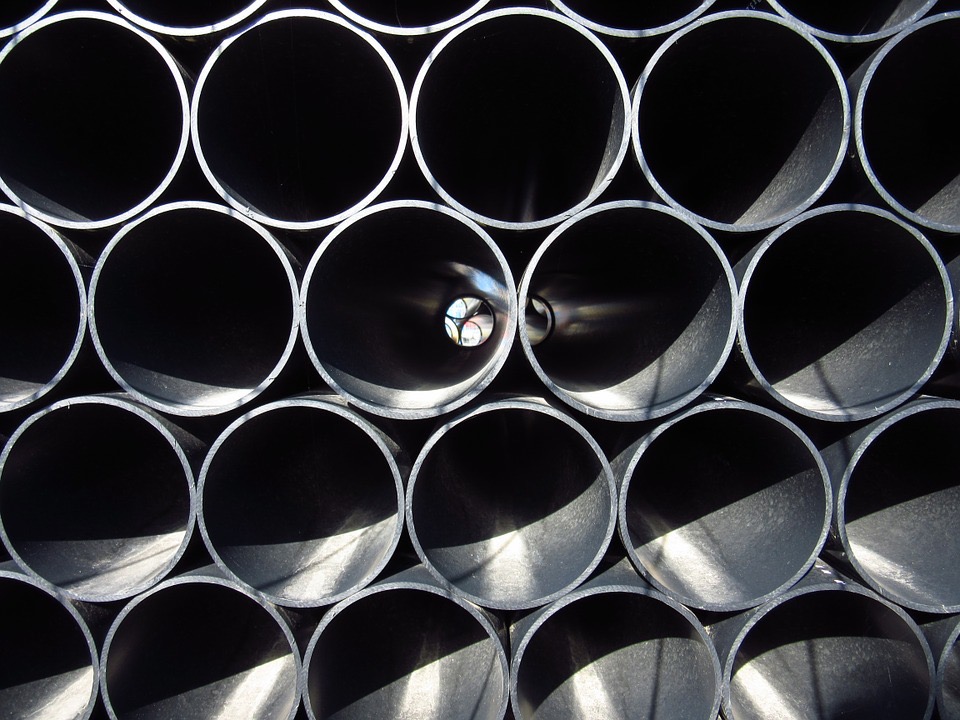Directional drilling is a technique that involves many complex aspects. In addition to choosing the right tooling, drilling fluid, and rig capacity, the pipe material is another critical consideration that project managers need to take into account. Different pipe materials react differently to the amount of force applied. It is also vital to determine the drill head suitable for the conduit used. In most underground utility installations, there are two types of pipes used. First is a ductile iron pipe, and another is a polyethylene pipe. These two have contrasting properties and distinct pros and cons. This article will discuss suitable conditions as well as projects where one or the other should never be used.
The pros and cons of using ductile iron pipes
Directional drilling companies use flexible iron pipes mostly for water utility projects. However, in most iron pipe installations, open-cut or trenching is the preferred method. Nevertheless, in horizontal drilling projects, it is possible to use iron pipes with a diameter of up to 36 inches. Iron pipes are also suitable for lengthy installations and can handle high pullback loads.
Iron pipes are durable and strong but need protection against corrosion. Some common protection techniques include adding a polyethylene wrap or a coating of zinc. Installers can also use a variety of connection techniques to address flexibility issues. For example, a flex-ring system helps with installing iron pipes through curvy paths.
Another advantage of iron pipes is its suitability with unstable soil conditions. But despite the many attractive properties of ductile iron pipes, it is still less popular when it comes to directional drilling. Most companies today prefer polyethylene pipes for utility installation projects.
The pros and cons of polyethylene pipes
Polyethylene pipes are commonly used in directional drilling projects due to a variety of reasons. Polyethylene is naturally flexible, making it easier to use when the bore path is not straight. For example, a polyethylene pipe is best used when the drilling project involves a river crossing.
Polyethylene is also compatible with delivering all kinds of utility services. Apart from water, it can be used to transfer sewage, gas, and even electricity and telecommunications services. These pipes also meet the standards of safety and zero tolerance for leaks. Polyethylene does not corrode; hence, it will not require repairs or maintenance for many years.
However, one downside of polyethylene is that it does not withstand pressure as well as ductile iron pipes. When working with unstable soil, it is best to use iron pipes instead of polyethylene. Another challenge with polyethylene pipes is the stretching. Experienced installers know that you need to compensate for the stretching which occurs during the pullback process.
Conclusion
Understanding the pros and cons of these two standard pipe materials aids in the success of directional drilling projects. Contractors know that choosing the right material significantly impacts the progress and results of the installation. Nowadays, new materials are also being explored to address many of the challenges faced by directional drilling companies. With new pipe materials underway, directional drilling will continue to advance and benefit various industries and sectors around the country.




